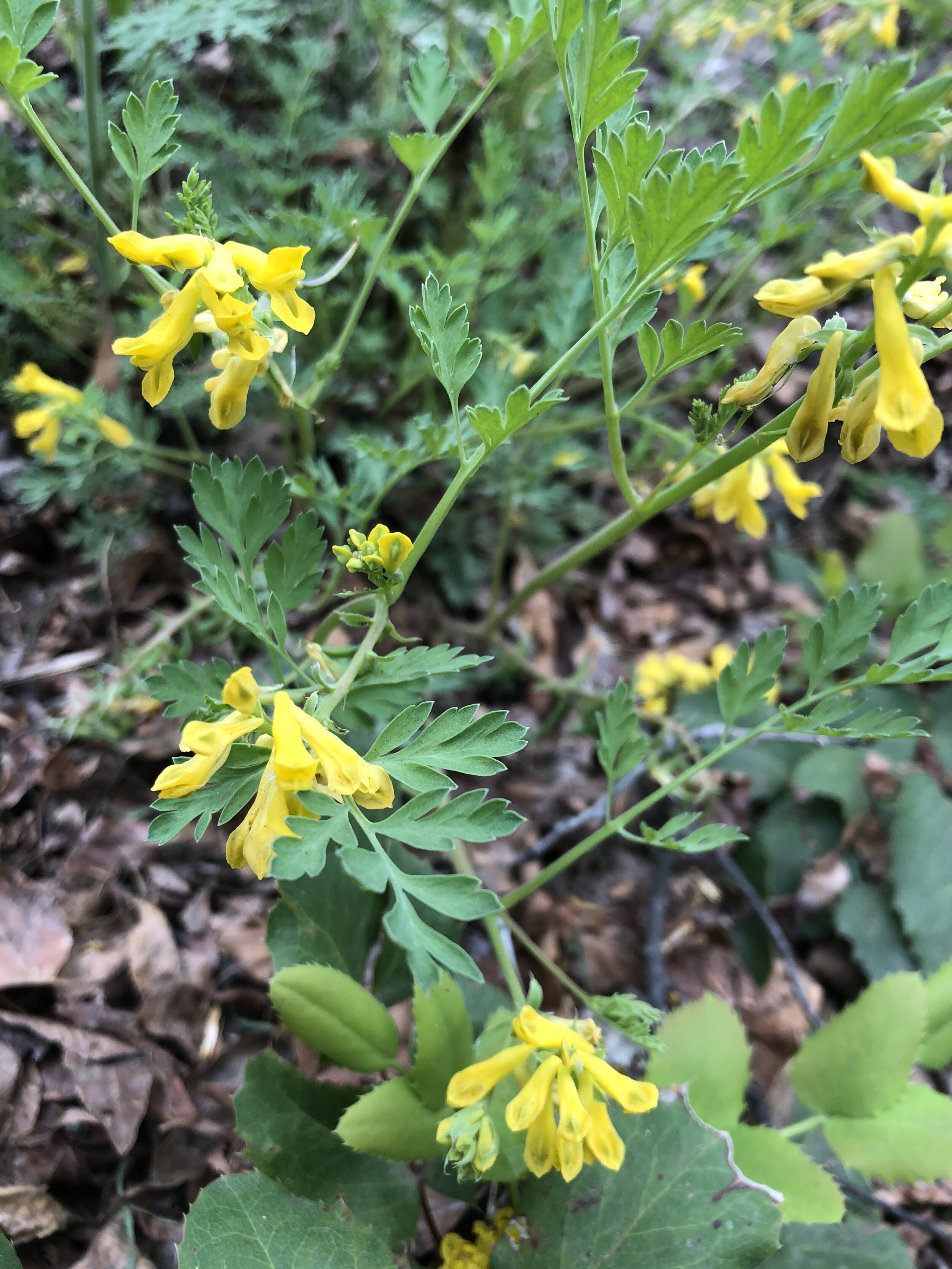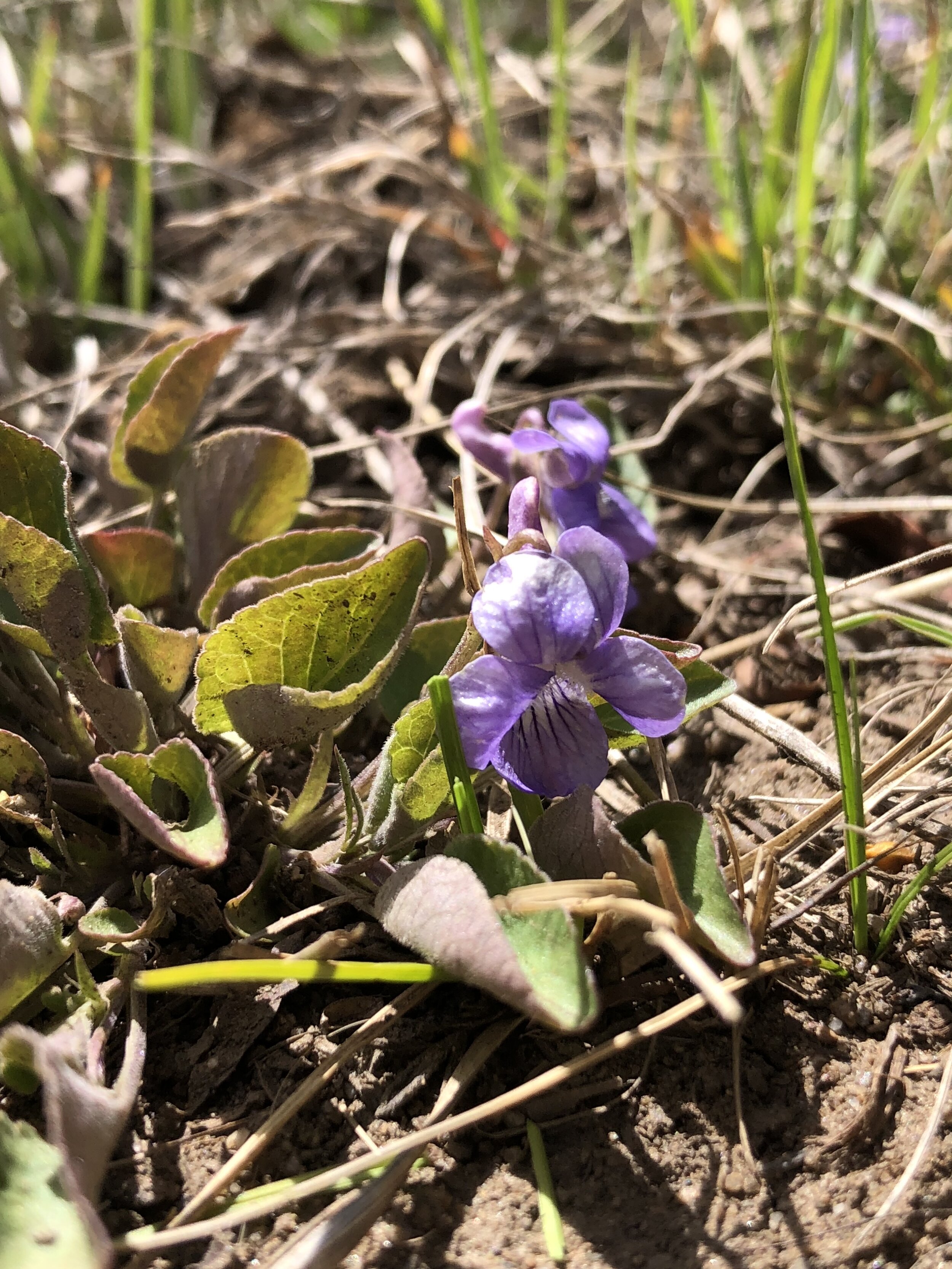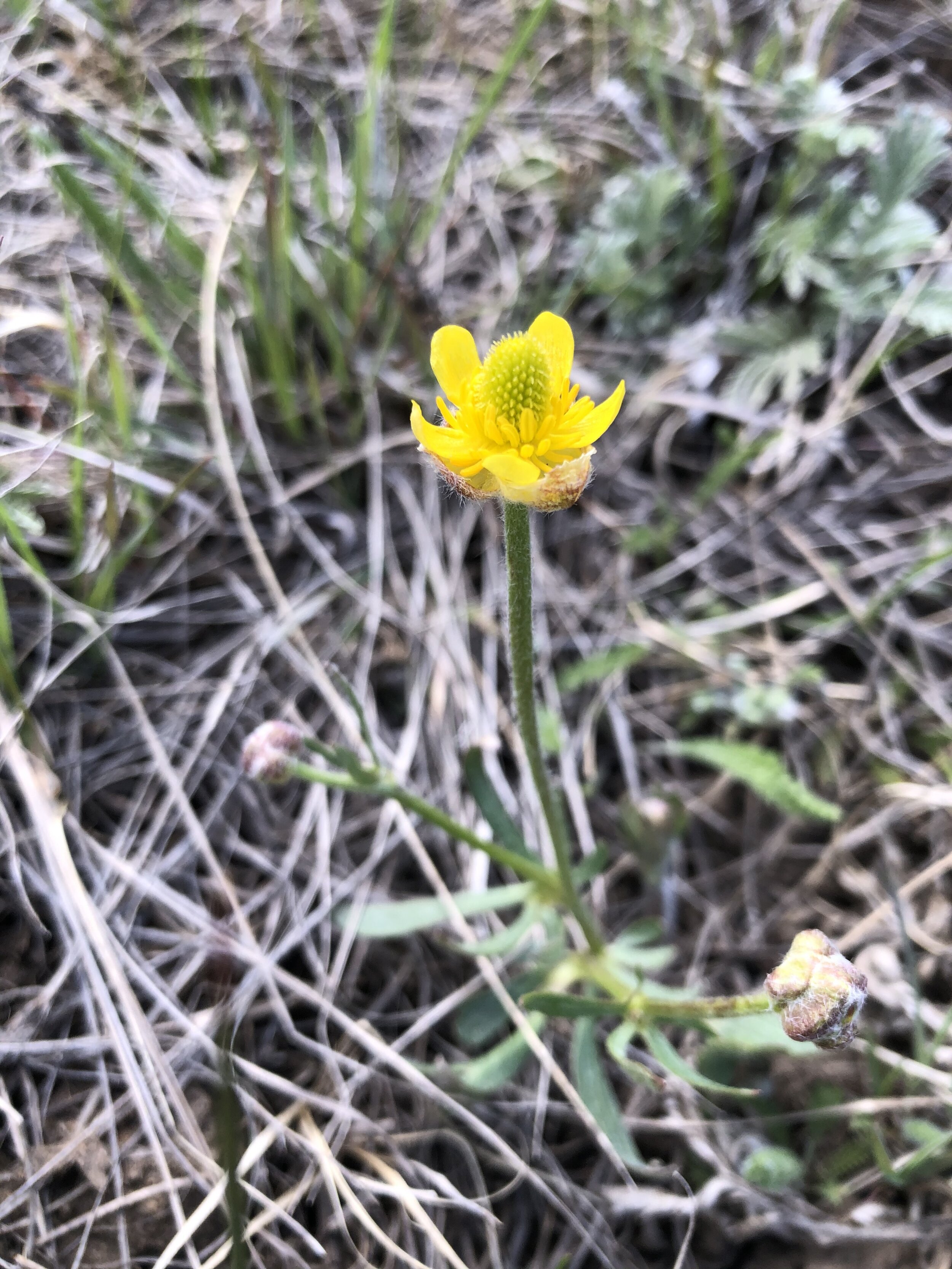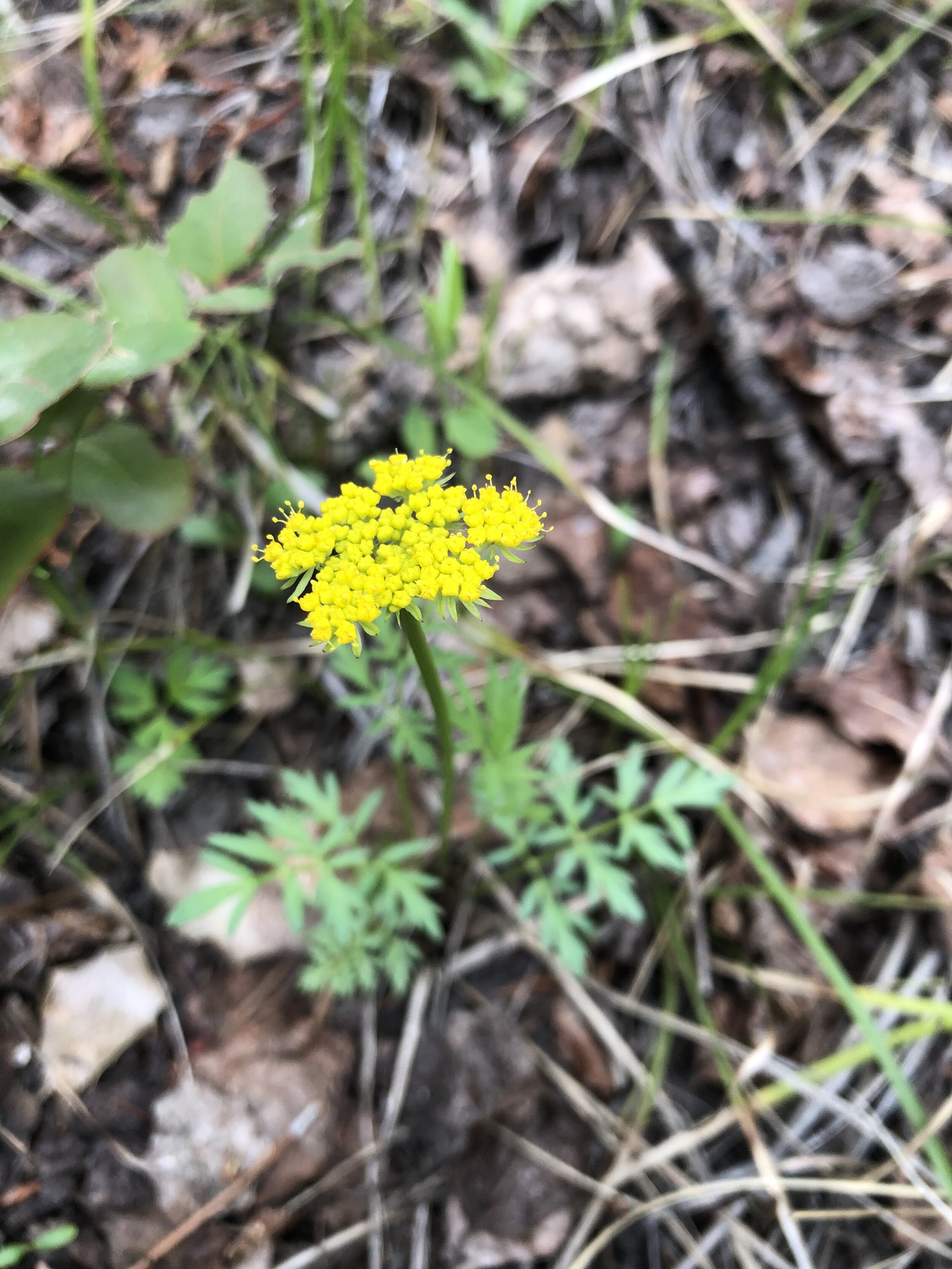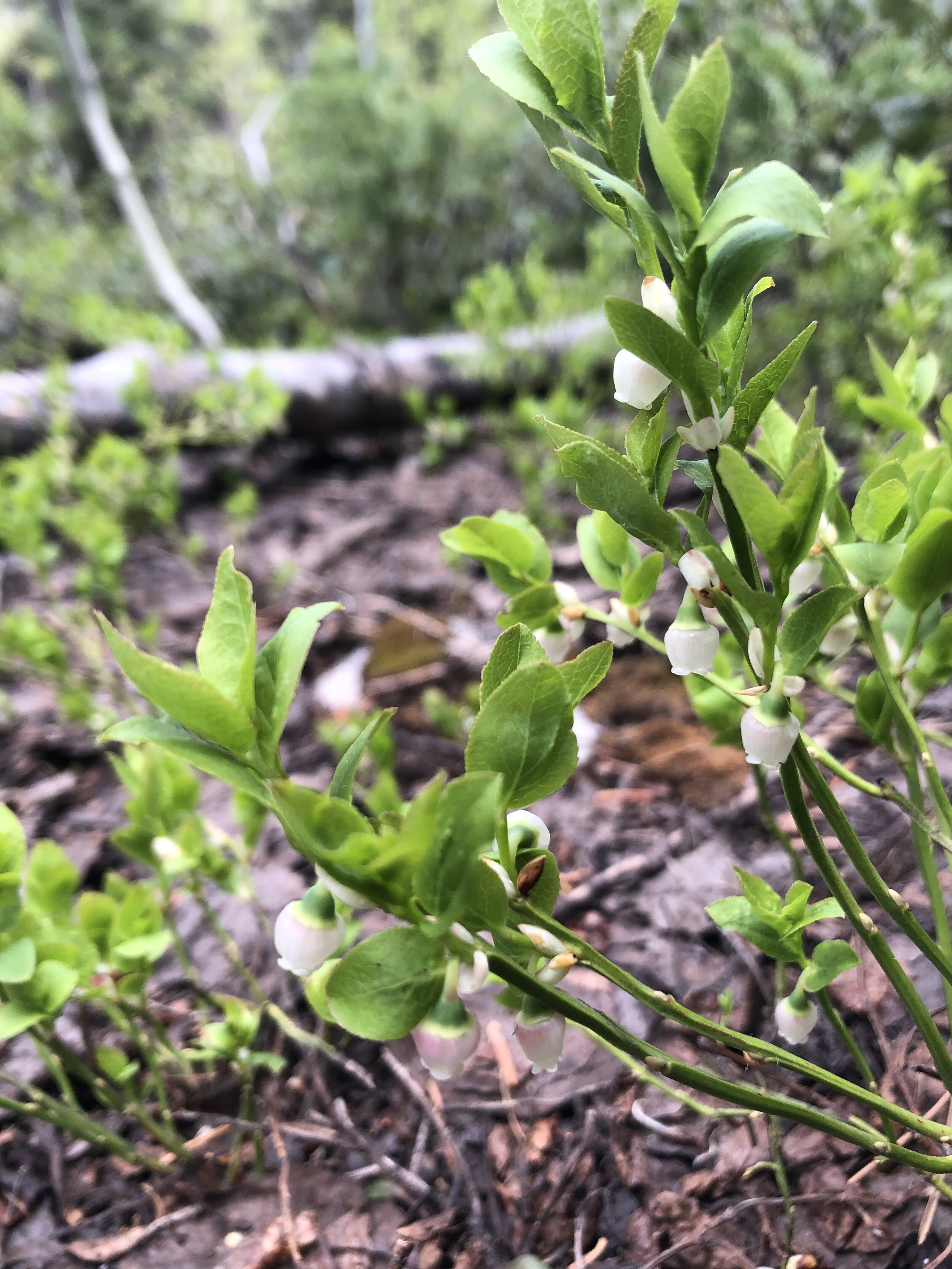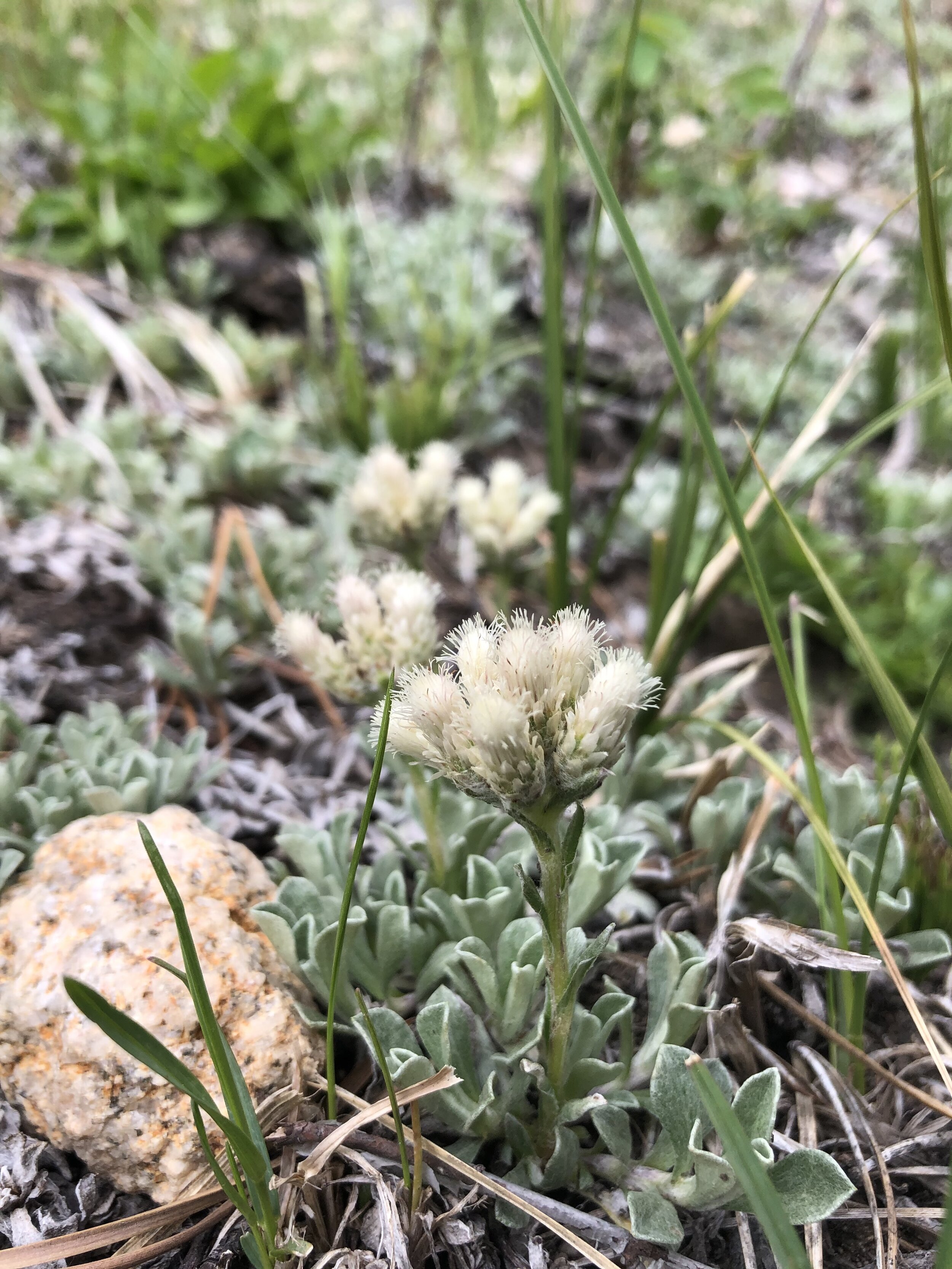Erigeron compositus, June 2, 2021
E. compositus, n.e. of summit, 12,900’, June 23, 2021
Common & scientific name
Cutleaf daisy, Erigeron compositus
Family
Sunflower, Asteraceae
Location
Grottos wall, 9,600’
Fun, weird, helpful, or little known fact
Cutleaf daisy’s petals—or more properly speaking, its ray flowers, as all individual daisy flowers are composed of multiple ray flowers (the petal-looking parts) and/or disk flowers (which together make up the button-looking part)—can be white, pink, or light blue. They can also be absent entirely, leaving a head with only yellow disk flowers.
E. compositus, Sayres Ridge, 13,300’, July 2, 2021
















